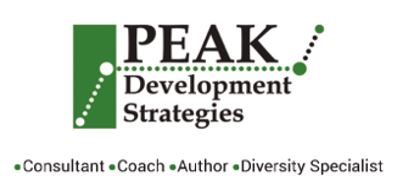Effective leaders at every level of the organization foster positive and creative work environments, deliver measurable and sustainable results, and maintain the ethical integrity of the workplace.
Positive and creative work environments usually go hand in hand with a productive, corporate culture. The term “culture” is heard often, but the definition is almost never shared. The definition of organizational culture is this: A measure of the positive or negative quality of interpersonal support, communications, values, ideologies, behaviors, and relationships that exist within an organization.
On a scale of one to 10, with one being the lowest and 10 being the highest, there are organizations with almost a 10 in culture. On the other hand, many organizations are barely a one. Of course, this is only a subjective measure; however, you need only to experience it to actually feel the tension and pressure within an organization with a low culture rating versus the high expectancy and passion of an organization with a high culture rating. Organizations with a high quality of culture are usually led by effective leaders.
Another measure of a positive work environment is the measure of climate. Organizational climate is a measure of the degree of positive or negative energy, attitudes, spirit, synergy, and team work that exists within an organization. While culture is a measure of the quality of interpersonal organizational support, climate is a measure of the degree of energy and spirit. They are not the same, but they are interrelated; one fosters the other. When an organization has a high-quality culture and a high-energy climate, you can usually find effective leaders at the helm.
Creativity is a vital resource to any organization and is a by-product of a positive work environment. However, creativity is not always recognized by leaders as a resource. Some organizations actually discourage creativity. Creativity is stimulated through a process of higher level thinking which can be called “best thinking.” Best thinking comes from the individual thought processes of the people who make up the organization. This process of best thinking drives the total creative thought of the organization. Organizations whose leaders consider creativity as a process exclusive to top leadership unknowingly deprive themselves of a vital resource. Effective leaders foster creative work environments because they develop opportunities to involve everyone in the thinking process of the organization. When leaders gain access to the individual thoughts and ideas of those who make up the organization, a higher level of best thinking is reached from which creativity is spawned.
An effective leader is aware of organizational creativity as a vital resource and will encourage it in their organization to enhance a positive and creative work environment for their employees.
LMI Journal

Recent Comments